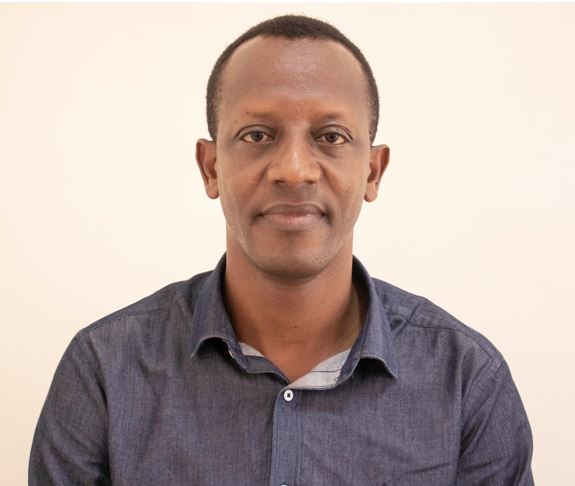
UR-Sweden Symposium showcases innovation-driven solutions to Rwanda’s pressing challenges
- 13-06-2025
- 384
The call was made by the University of Rwanda academics : Rutazuyaza Vaillant Byizigiro, Michael Biryabarema and Gaspard Rwanyiziri as co-authors of the research paper titled « Alleviating Some Environmental Impacts Resulting from Artisanal and Small-Scale Mining : A Critical Review. The paper was issued in Rwanda Journal of Engineering, Science Technology and Environment, in 2020 (Vol. 3 No 1 (2020)), published by the Africa Journal Online.
The study opens a relevant new research field and emphasizes on the collaboration of mining stakeholders including local entities and communities to develop an integrated approach to address challenges that ASM industry is facing in developing countries.

Dr.Rutazuyaza Vaillant Byizigiro, UR-CE Lecturer & Researcher
Dr. Rutazuyaza Vaillant Byizigiro is a lecturer and researcher at the University of Rwanda - College of Education. He graduated Doctor of Natural Sciences (Dr. rer. nat.) at the Brandenburg University of Technology Cottbus-Senftenberg (BTU-CS), Germany, in 2016. He obtained his Master’s Degree (DEA) from Parisian Federal Geomorphology Program at the Université Paris XII Val-De-Marne, France, in 2005.
His research areas of interest include Geomorphological Impact of Artisanal and Small-Scale Mining, Land use and Water Management, Soil Erosion Modelling, Hydrological Hazards.
He shed light on their study. He noted that the study highlights the importance of transforming Artisanal and Small-scale Mining (ASM) sector into a more sustainable enterprise. For the authors, the reclamation of despoiled mined sites provides an opportunity to return land to beneficial uses which do not compromise future development of the sites.
“This study aims to enhance the understanding of the impacts of ASM as a new and important research field for land reclamation. It highlights the importance of stabilizing the land that will support sustainably reclamation structures. It summarizes the most relevant scientific findings and draws recommendation based on a synopsis of the available relevant studies,” Byizigiro said.
He argued that it is very crucial to understand these impacts for the assessment of mining-induced land degradation and the implementation of proper techniques as well as for the development of adequate mitigation and re-cultivation measures, whose knowledge is limited.
Those impacts include among others, Byizigiro continued, haphazard excavations with no land reclamation plan, loss of vegetation, landforms alteration, accelerated soil erosion, interrupts ecosystem fluxes, loss of valuable farmland rendering the sites dangerous to use for other purposes.
To transform ASM into a more responsible industry, ASM has to be placed within two integrated perspectives : (i) building the capacity of ASM sector, and (ii) promoting restoration approach by building a critical knowledge mass through collaboration of relevant stakeholders, with emphasis on multidisciplinary approach.
« The comprehensive knowledge of impacts of ASM would lead to the development of detailed and effective regulations and standards, which would be realistic from the industry point of view and effective from the regulators point of view. This can be possible by providing consistent guidelines through legal requirements, technical aspects, practical approaches, organized structures and consistent plans, » Byizigiro elucidated.
He added that « the existence of clear frameworks and responsibility between government and stakeholders needs to be well formulated through laws, regulations, mining standards, contracts and agreements for an effective process of rehabilitation of affected mining sites. »
The authors believe that this will usually involve a well-coordinated collaboration of all stakeholders such as mining industries, national and local government entities, research institutions and local communities as well. In addition, a wide range of skills might be involved due to the complexity of the nature and the relevance of the task. Strategies leading to reclamation mine-affected sites and mitigation of ecological and geomorphological impacts cut across number of scientific disciplines, including social and political boundaries.
Required tasks for a successful restoration could be allocated to appropriate individuals or institutions. Also, funding liabilities must be determined. On that basis a budget plan must be set up. In an inclusive reclamation approach of mined sites stakeholders need to work in synergy with courage and strong commitment. Read more : [https://www.ajol.info/index.php/rjeste/article/view/195629].
Story by
NTIRANDEKURA Schadrac
PRO, UR-CE